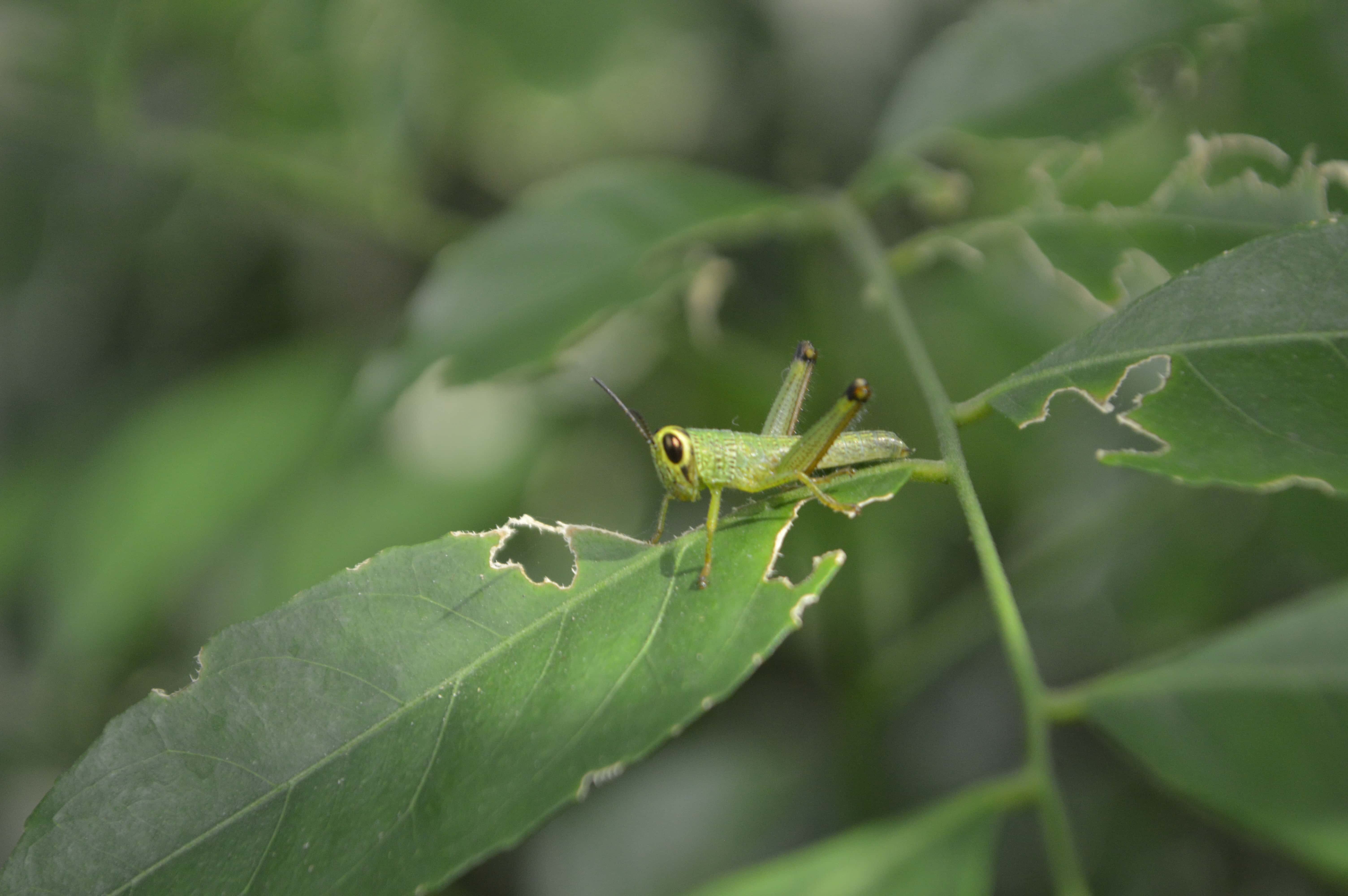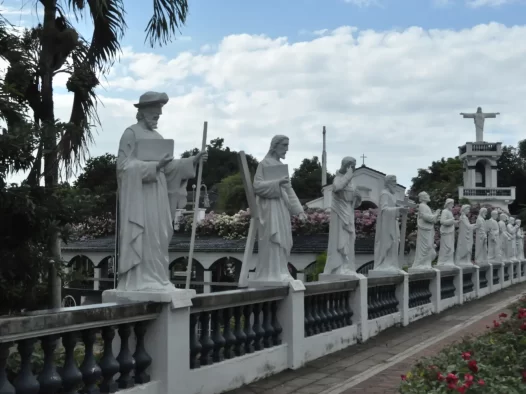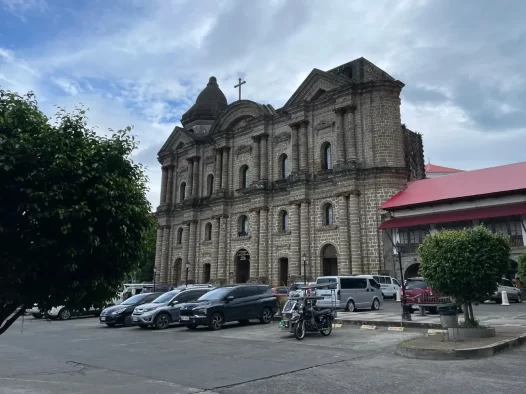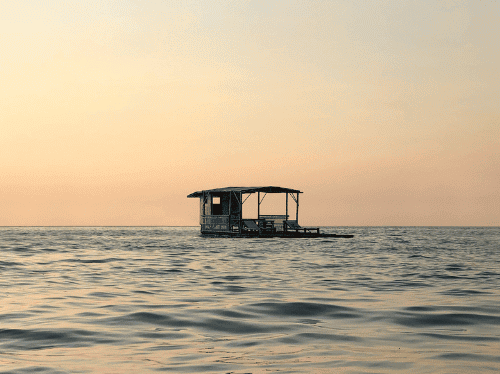Santo Tomas City
Santo Tomas City is one of the 5 cities in the Province of Batangas. It is located at the northeastern section of the province. It is bounded at the west by the San Juan River, at the north by the Siam-siam River and ridges of Mt. Makiling, at the northeast by the Alas-as River, and at the southeast by San Juan River. Municipality-wise, by Calamba in the north; Bay and Alaminos in the east, Tanauan and Malvar in the west; and Lipa City in the south.
History and Heritage
Sto. Tomas, one of the oldest town of Batangas, is located at the foot picturesque Mt. Makiling. It is sixty (60) kilometers south of Manila and of Gen. Miguel Malvar, the last Filipino General to surrender to the American.
The town of Sto. Tomas was actually founded in 1666, with Captain Manuel Melo as its first head. Originally, it was composed of a large Poblacion. When the Spanish friars arrived their first and foremost objective was to construct a church near the river to satisfy their propensity for water. Thus the present site of the Roman Catholic Church was chosen, just as a stone’s throw from the San Juan River. As years went by, more and more houses were built around the church. This became the center of the Poblacion.
Other groups of houses were scattered all over the area. They were given such odd names as “Kabaong”, because the stones along the road were coffin shaped; “Putol” because the trail was cut short by the Makiling Mountain, “Aptayin”, because “apta” of fine shrimps were found in the brook, “Biga”, because biga trees abounded there, and “Camballao”, because twin rivers divided the place. These different unit groups comprised the barrios of the town.
The natives were by nature God-fearing, peaceful and obedient. The conquerors did not much have difficulty in enforcing decrees and orders. One such irrevocable decree was to change the original names of the barrios to the names of Saints in the Catholic Calendar and to place each them under its patrotonio, the former “Pook” and “Aptayin” were joined together and called San Bartolome, “Kabaong” was change to San Vicente, “Biga” to Sta. Anastacia, and “Camballao” to San Isidro Sur and Isidro Norte. The whole town was given the name of Sto. Tomas de Aquino, a high Prince of the Dominican Order to where most of the first friars belonged. As time went by more and more barrios were added to the list each with an assumed name of a saint. This unchanged set-up makes Sto. Torkas the most unique not only in Batangas but all over the Philippines.
At present, it has thirty barrios namely: Sta. Anastacia, San Rafael, Santiago, San Antonio, San rolome, San Miguel, San Roque, San Pedro, San Pablo, San Felix, San Jose, San Juan, n Agustin, Sta. Ana, San Joaquin, San Fernando, Sta, Clara, San Luis, Sta. Cruz, San Isidro r, San Isidro Norte, San Francisco, Sta. Maria, Sta. Elena, Sta. Teresita, Poblacion I, blacion II, Poblacion III, and Poblacion IV.
If you prefer a hassle-free trip, you can rent a car or hire a private vehicle for more convenience and flexibility. Public transportation, such as buses and jeepneys, is also available and can be a more budget-friendly option.
Batangas: Where history, beauty, and resilience converge, creating a tapestry of captivating stories and unforgettable moments.
Mahaguyog Festival
The town of Santo Tomas celebrates its annual Town Fiesta on March 7, highlighted by the vibrant MAHAGUYOG Festival. The festival’s name was coined to symbolize the four main agricultural products that flourish abundantly in the area. “MA” stands for mais (corn), “HA” for halaman (plants), “GU” for gulay (vegetables), and “YOG” for niyog (coconut). This joyous occasion also serves as a prelude to the feast of St. Thomas of Aquinas, the town’s beloved Patron Saint. It is a time of gratitude and thanksgiving for the farmers’ bountiful harvest of crops, as the community comes together to celebrate their agricultural heritage.
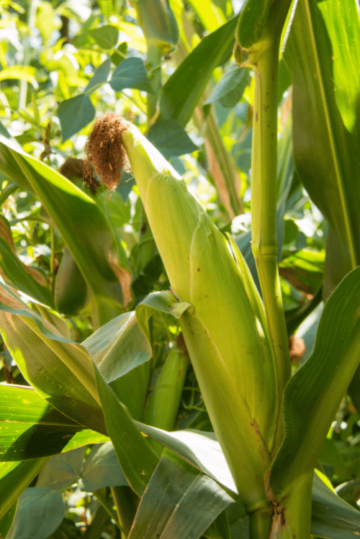
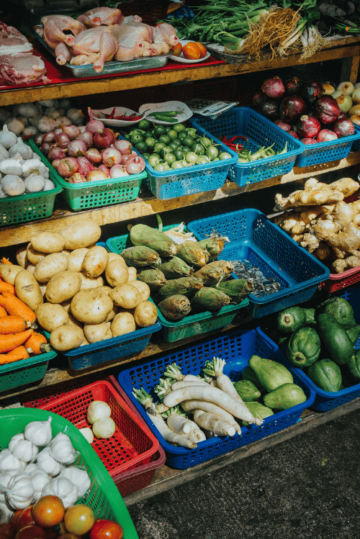
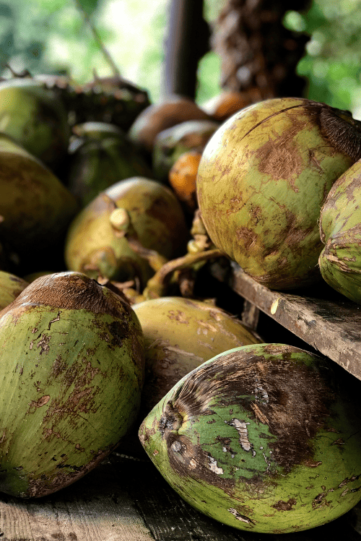
Local Attractions
Batangas in the Philippines offers a range of local attractions that cater to various interests. These are just a few of the attractions you can explore in Batangas. Whether you’re interested in history, nature, or relaxation, the city offers something for everyone.
Getting Around

Buses
Buses provide transportation for longer distances, connecting Batangas with other regions and provinces. These buses have designated terminals and offer a more comfortable option for longer journeys.

Jeepneys
Jeepneys are a staple mode of public transportation in the Philippines. They are colorful, elongated jeeps that can carry multiple passengers. Jeepneys follow specific routes and have fixed fares.

Tricycles
These motorized vehicles consist of a motorcycle with a sidecar, which can accommodate around 3 to 4 passengers. Tricycles are commonly used for short trips within the city, and fares are usually negotiable.
